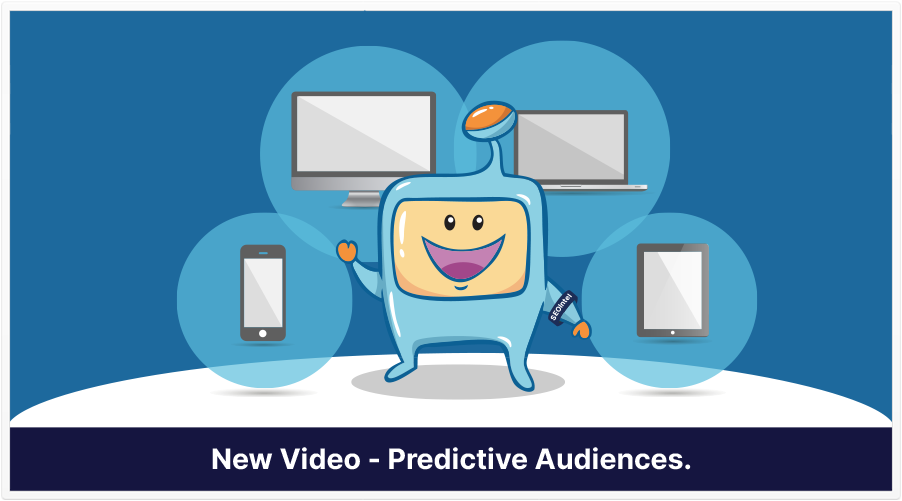
Not too long ago, Google, on its Google Analytics Twitter channel, tweeted about one of the most recent videos published on the Google Analytics YouTube channel.
Using Predictive Audiences in Google Analytics 4 properties
— Google Analytics (@googleanalytics) August 12, 2021
In this new video, you'll learn how to use predictive metrics in audiences built in Google Analytics 4 properties with @kristaseiden https://t.co/cTlTrGqJug #measure pic.twitter.com/CoHETRZ9Ha
This video, titled, Overview of Using Predictive Audiences in Google Analytics 4 properties, gives a basic statement of the mechanic by which this predictive feature works. Basically, Google uses machine learning to try to predict the likely behaviour of certain visitors.
There are currently 3 predictive metrics that are available in Google Analytics 4: purchase probability, churn probability, and revenue prediction.
Purchase Probability
Although this metric has the word purchase in its name, its meaning is actually broader than that, and may not necessarily mean cash transactions. Google uses the word conversion in this definition, which is a bit broader.
I’d say that purchase probably is the likelihood that a visitor who was active within the past 28 days will take a certain action (subscribe, fill a form, buy) in the next 7 days.
Churn Probability
This just means the likelihood that a visitor who arrived within the past 7 days isn’t active within the next 7.
Revenue Prediction
The definition of this one, as seen in the video, may require you to read it a couple of times. That said, I take it to be a prediction of what your revenue can be, within the next 28 days, from users who were active within the past 28 days.
Why 28 Days?
I’m not sure why Google uses 28 days as a milestone, but I have to guess that, from what they’ve seen with their users, there is, overall, a 28-day buying cycle (if not for individual visitors, at least for large numbers of visitors).
Of course, this is just a guess, and there can be many variables that determine how long a buying cycle is. Sales, market, trendiness, product availability, season, and how significant the purchase is are all variables that affect how long a person may take to make a buying decision.
But…an Insight
If a buying cycle lasts anything beyond the first visit (which, in a lot of markets, it very much does), then it means it’s important to somehow try to get your prospective buyers to return for subsequent visits.
This is why it’s important to be in the forefront of your prospective buyer’s mind. That’s why it’s important that they’re consistently aware of you, and you can do that in a few ways.
You can have an active social media page, like a Facebook page or a Twitter feed that you consistently update with content that would be of interest to your prospects.
You can build a permission-based, opt-in newsletter list and routinely send out interesting emails. Maybe, on your landing page or subscription box, you can offer newcomers a coupon for X% off on their first purchase.
With Predictive Metrics, You Can Analyze Certain Campaigns
Let’s say that you’ve set up a few marketing campaigns. Well, with a few arrangements in GA4, you can determine which campaigns brought the visitors that were the most likely to purchase.
While predictive metrics looks promising, I would think that you (or rather, GA4) would need a large amount of data before it can offer predictions with any level of reliability. That’s why I think it might either take a while, or take a lot of data gathering in a short time, to begin to see the full benefit of this.
That said, for those who have the desire and the time to learn about predictive metrics, Google Analytics 4’s Predictive Audiences would be something to consider.
Source: Google Analytics YouTube channel